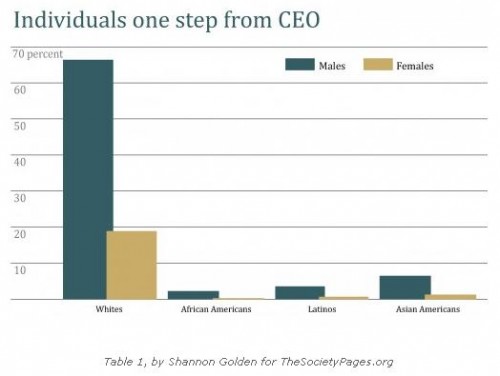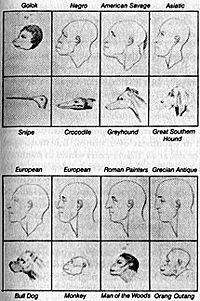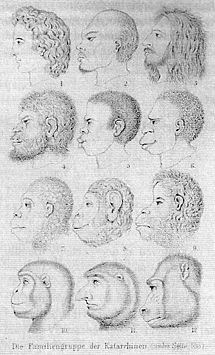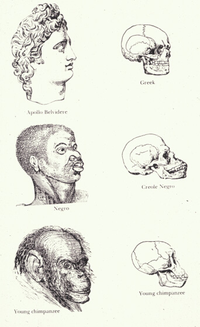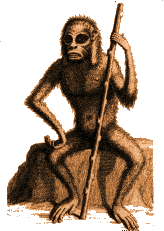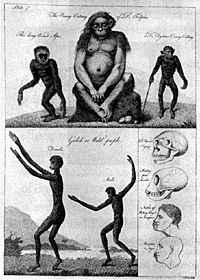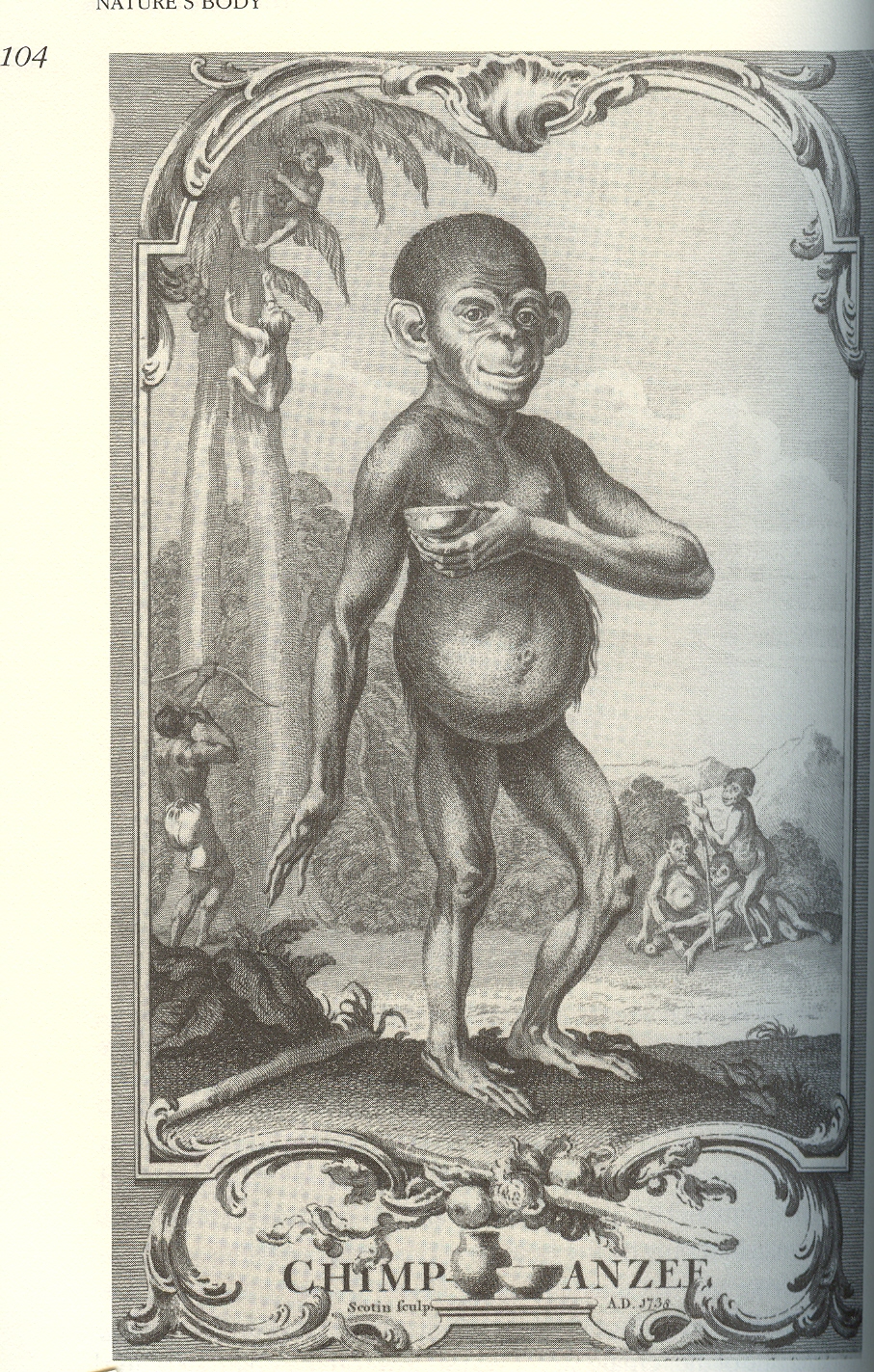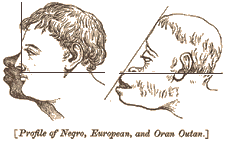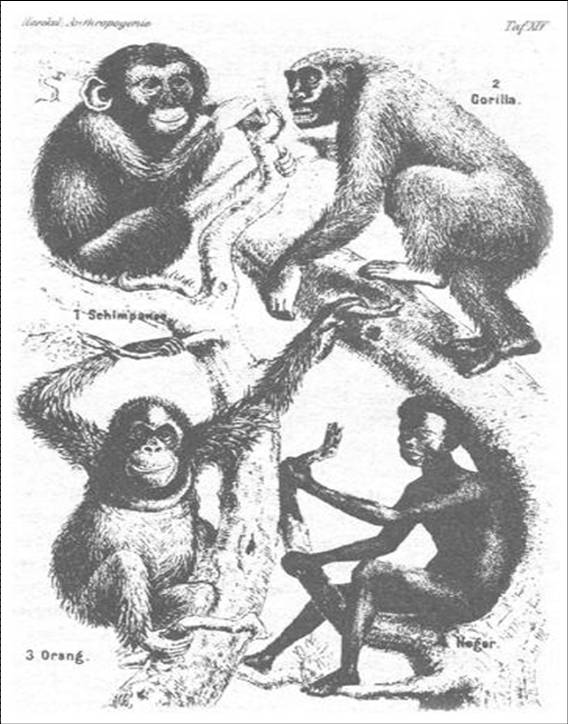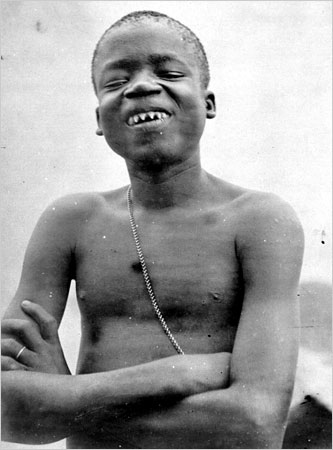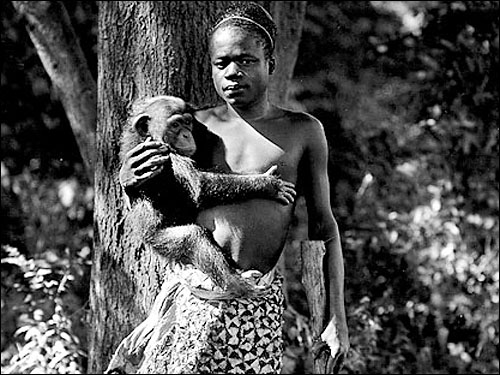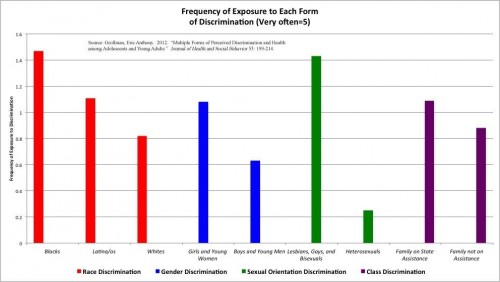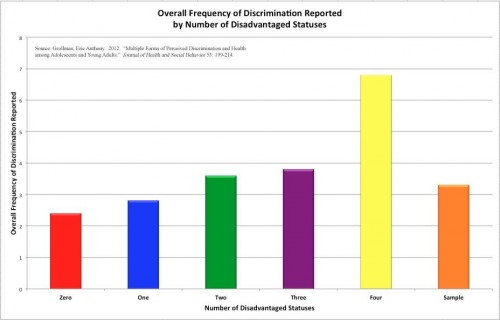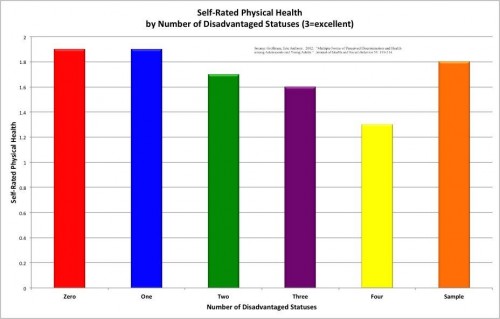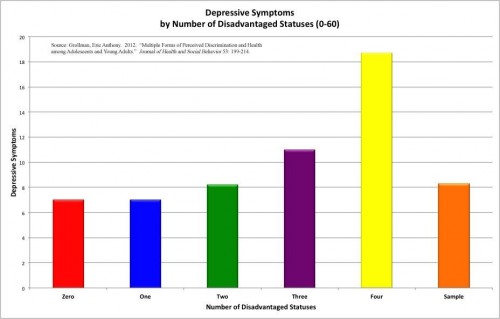 First the marketing team for an energy drink out of Poland, called “Black,” hired a Black person, Mike Tyson, to personify its product. Then, they surround him with White, female models and have the convicted rapist call himself a “beast” that can’t control himself. Tag lines include “that’s the power of Black” and “Black power.”
First the marketing team for an energy drink out of Poland, called “Black,” hired a Black person, Mike Tyson, to personify its product. Then, they surround him with White, female models and have the convicted rapist call himself a “beast” that can’t control himself. Tag lines include “that’s the power of Black” and “Black power.”
So we have, in one ad campaign, the fetishization of Black men, the White supremacist portrayal of White women as the ultimate female, their objectification (see #3, he actually hands one out in the second ad), the trivialization of his crime (he can’t control himself, LOL right!?), the use of animalistic language to refer to Black people, and the appropriation of the Black Power movement. Anyone see anything else? Does it matter that this comes out of Poland and not the U.S.?
Thanks to Tom Megginson at Work That Matters for the heads up.
Lisa Wade, PhD is an Associate Professor at Tulane University. She is the author of American Hookup, a book about college sexual culture; a textbook about gender; and a forthcoming introductory text: Terrible Magnificent Sociology. You can follow her on Twitter and Instagram.

